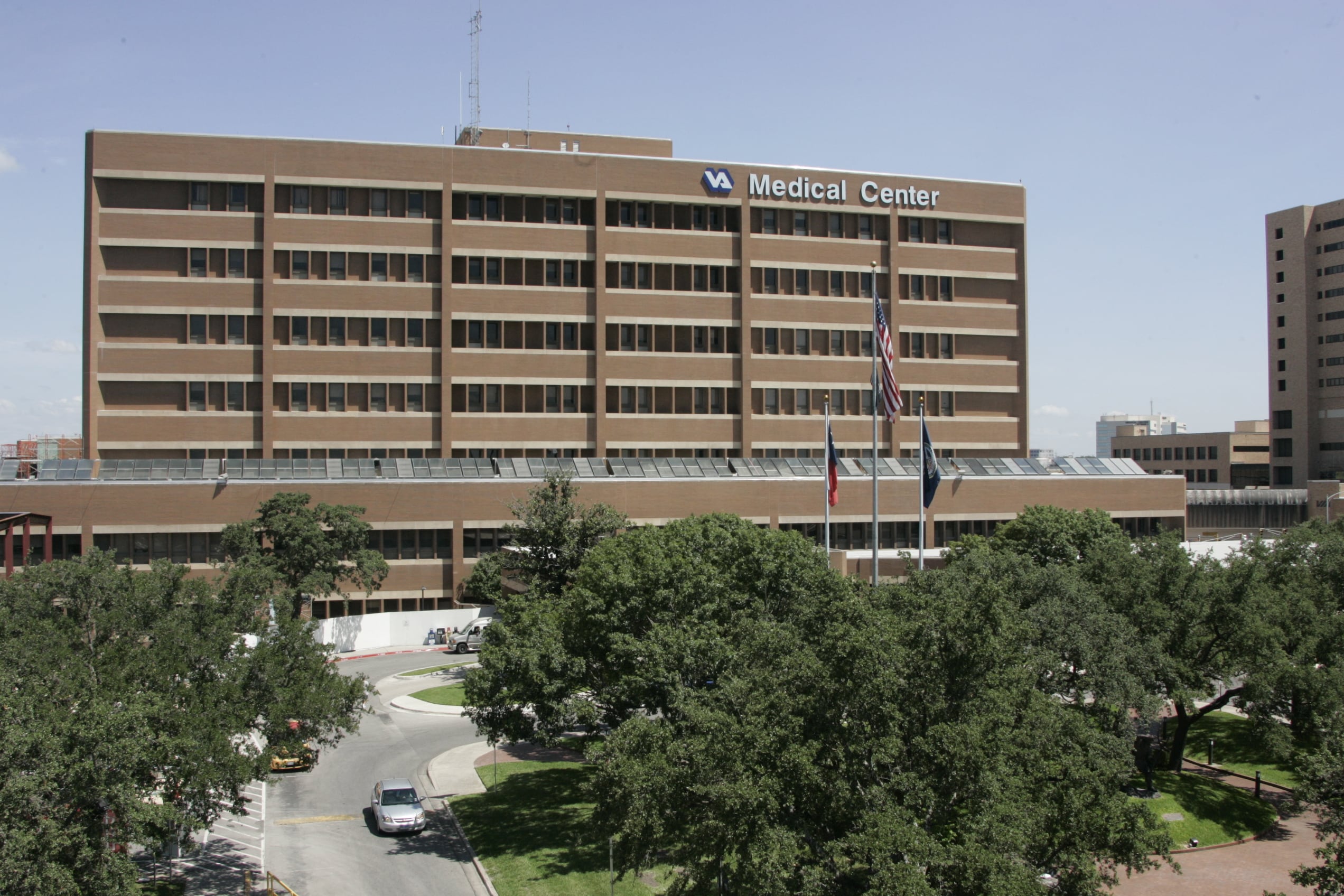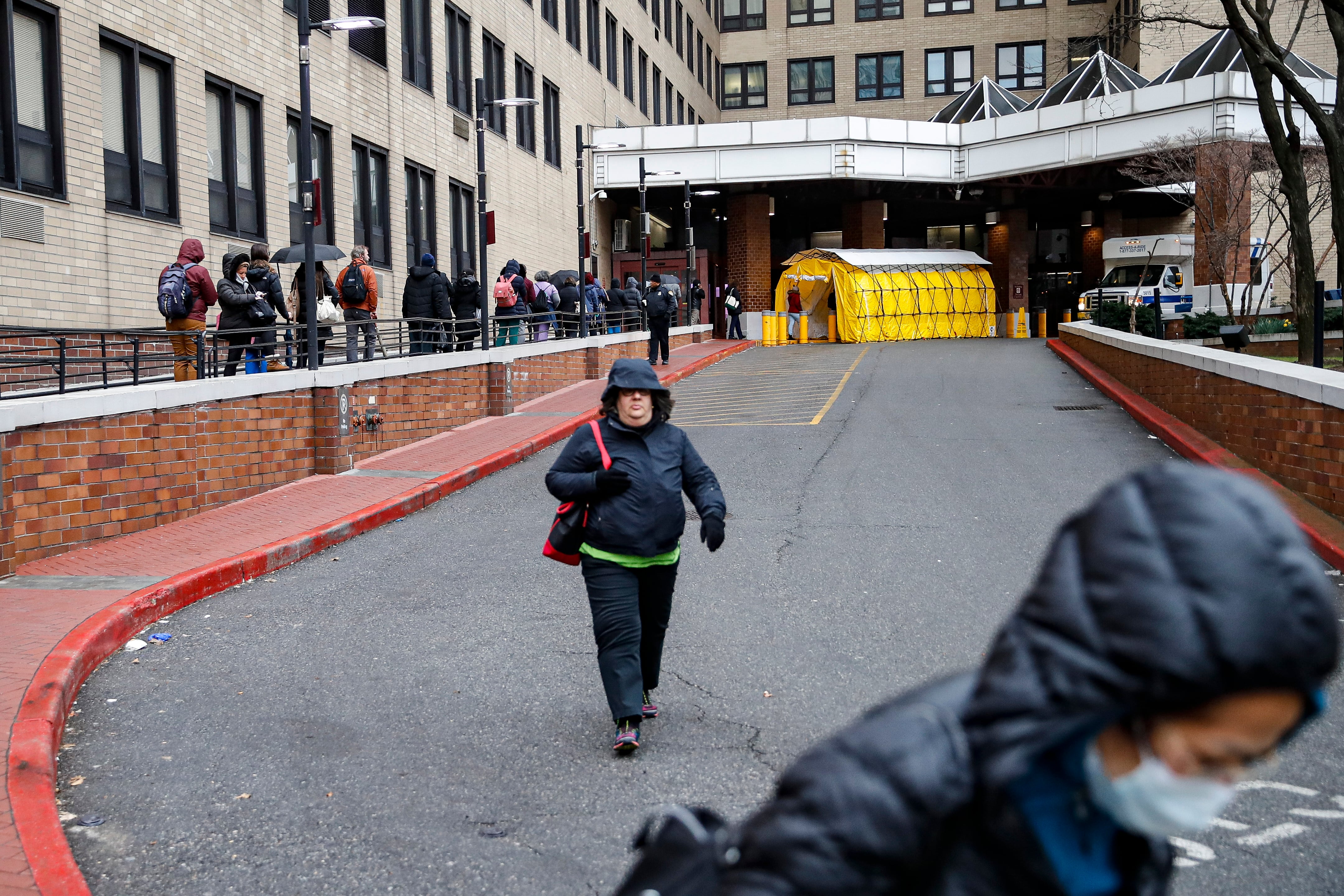Veterans Affairs health officials have seen dramatic increases in telehealth use since the start of the coronavirus pandemic, but they think it can get even bigger.
“We intend to sustain and grow from here,” said Dr. Jennifer MacDonald, chief consultant to the Deputy Undersecretary for Health at the Veterans Health Administration, during testimony before the House Veterans’ Affairs Committee on Tuesday. “We actually believe this is the start of a longer trajectory and there is more expansion possible.”
However, advocates warn that those moves may not provide real medical alternatives for many lower-income veterans, individuals living in rural areas, and other groups who have not already benefited from the technological changes.
RELATED

VA leaders have touted telehealth expansion as a success story for the department in recent months, providing a way for tens of thousands of veterans to continue receiving medical care even as hospitals and clinics limited access in an attempt to slow the spread of coronavirus.
Clinical video appointments, for example, increased from about 10,700 sessions in early March to more than 126,700 sessions in early June, a nearly 1,100-percent boost.
Online prescription refill requests rose by about 8 percent for the first five months of 2020, compared to the same time period a year earlier. Online group therapy appointments, mental health check-ins and telephone consultations have also seen significant increases.
As a result of the recent advances, the department has set a goal for fiscal 2021 of having all providers offer remote video health services to veterans when clinically appropriate and requested by the veteran.
“We want to get to a point where telehealth, video care into the home is frankly the same as having a telephone or the ability to send an email,” Dr. Neil Evans, chief of VHA’s Office of Connected Care, told committee members.
“We want (a system) where every patient can receive care by connecting electronically with their team, by telephone, by video or in person. And we’re doing it in a way to achieve the best clinical outcomes for the veterans we serve.”
About half of veterans who use veterans health care annually are already registered users of the department’s online patient portal, and about 900,000 veterans used video telehealth services in 2019. Those numbers are expected to rise by the end of the year.
Still, that leaves millions of veterans outside the system of new remote health care options, advocates warned.
“Through telehealth, some veterans have been afforded increased access to mental health services and have been more readily available to connect with physicians,” said Lindsay Church, co-founder and executive director of Minority Veterans of America. “But others have been left without the means to access basic care.
“VA’s telehealth modernization only made health care more accessible to those who already had access to technology, or the ability to purchase it.”
RELATED

About $2.2 billion was set aside in an emergency coronavirus funding measure approved in the spring for improvements to VA telehealth services. MacDonald said among a host of technology upgrades, the money purchased more than 28,000 tablets for veterans to use at home to access telehealth appointments.
Marquis Barefield, assistant national legislative director for Disabled American Veterans, said steps like those will help expand the program, but he also warned that such advances must not come at the expense of restoring regular access to VA hospitals and in-person appointments.
He said as VA implements a phased reopening of medical sites — a process that began one month ago — veterans without access to remote care options need to be prioritized, either through in-system care or through other options in the community.
MacDonald said she believes officials can balance that and still provide additional advances in remote options for needs like specialty care, mental health support and emergency care. Lawmakers promised to closely monitor those goals.
Leo covers Congress, Veterans Affairs and the White House for Military Times. He has covered Washington, D.C. since 2004, focusing on military personnel and veterans policies. His work has earned numerous honors, including a 2009 Polk award, a 2010 National Headliner Award, the IAVA Leadership in Journalism award and the VFW News Media award.




